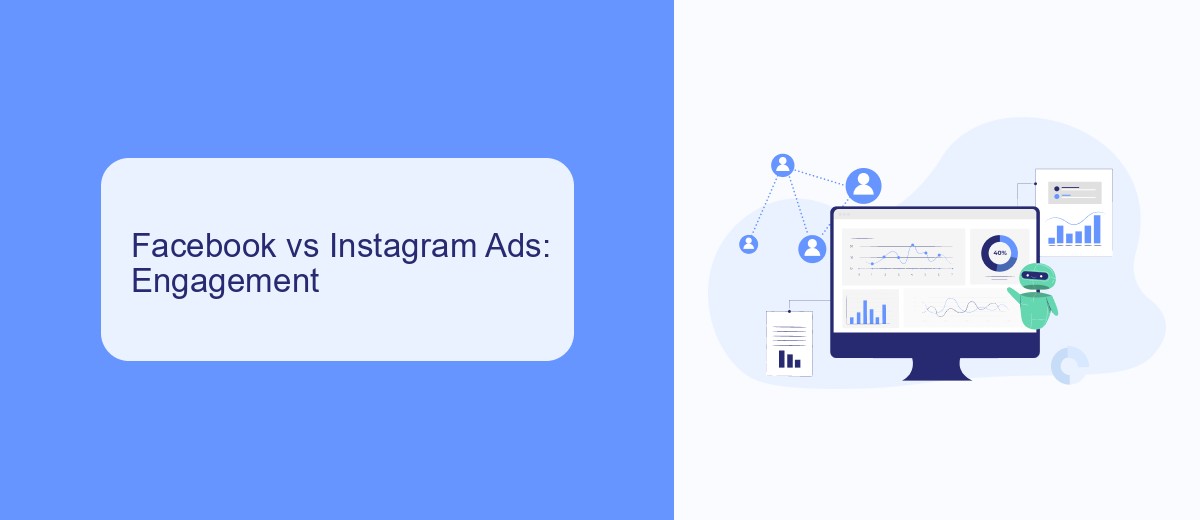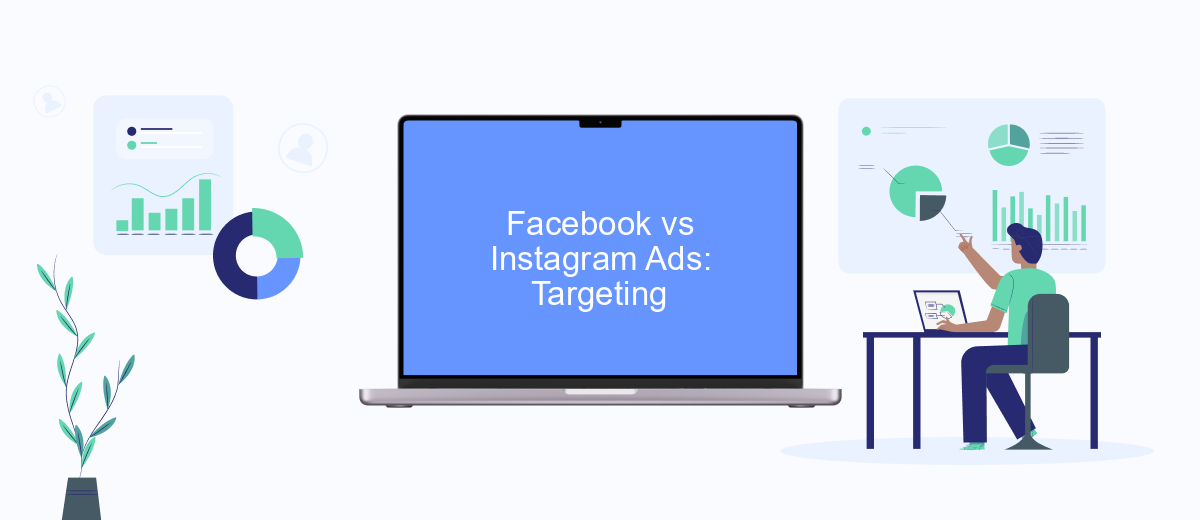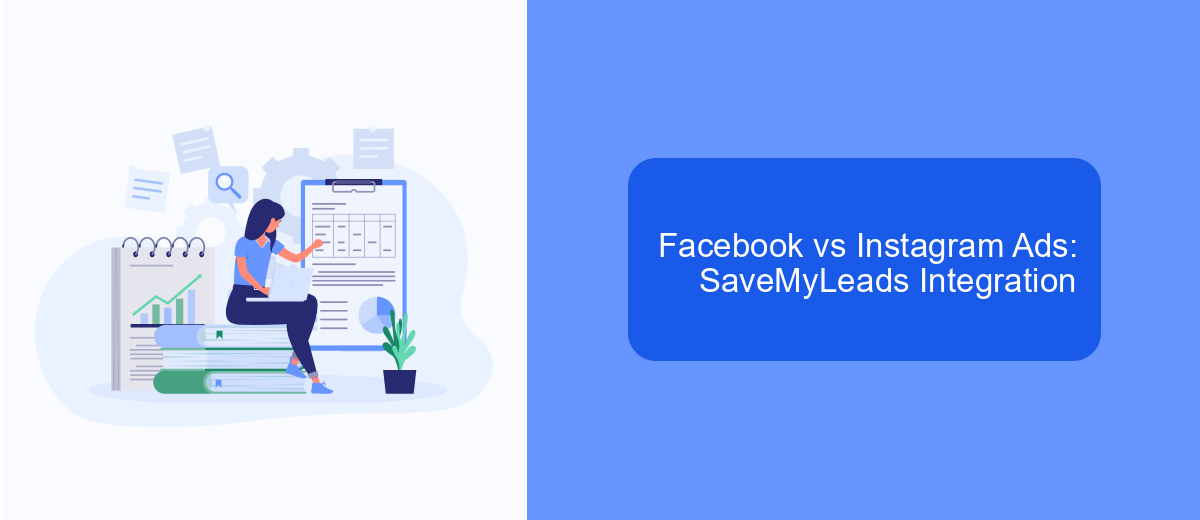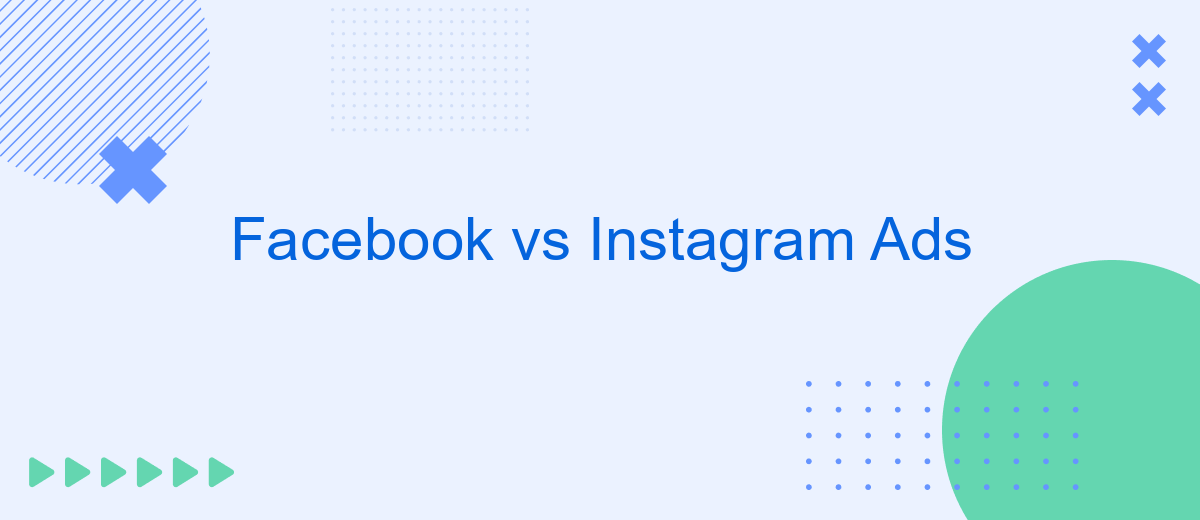In the ever-evolving landscape of digital marketing, businesses are constantly seeking the most effective platforms to reach their target audiences. Facebook and Instagram, both owned by Meta, offer robust advertising solutions that cater to diverse marketing needs. This article delves into the strengths and weaknesses of Facebook Ads versus Instagram Ads, helping businesses make informed decisions on where to allocate their advertising budgets for maximum impact.
Facebook vs Instagram Ads: Reach
When it comes to online advertising, both Facebook and Instagram offer extensive reach, but they cater to different audience segments. Facebook, with its broader user base, allows advertisers to reach a more diverse demographic, including older age groups. On the other hand, Instagram, which is more popular among younger users, provides access to a vibrant and visually-driven audience. This distinction is crucial for businesses aiming to target specific age groups or interests.
- Facebook: Over 2.8 billion monthly active users worldwide.
- Instagram: Approximately 1 billion monthly active users, with a strong presence among millennials and Gen Z.
- Facebook: Offers extensive targeting options, including detailed demographics and interests.
- Instagram: Known for high engagement rates, particularly in visual content.
Ultimately, the choice between Facebook and Instagram ads depends on the target audience and campaign goals. For businesses looking to reach a broader and more diverse audience, Facebook might be the better choice. Conversely, if the goal is to engage with a younger, more visually-oriented audience, Instagram could prove more effective. Advertisers should consider these factors when planning their marketing strategies to maximize reach and engagement.
Facebook vs Instagram Ads: Engagement

When comparing engagement on Facebook and Instagram ads, it's essential to consider the unique user demographics and behaviors on each platform. Instagram, with its visual-centric design, often sees higher engagement rates, particularly among younger audiences who are drawn to its aesthetic and interactive features like Stories and Reels. This platform encourages users to interact through likes, comments, and shares, making it a powerful tool for brands focusing on visual storytelling and influencer partnerships. In contrast, Facebook tends to attract a broader audience, with a more diverse age range, which can result in varied engagement levels depending on the target demographic and ad content.
Brands aiming to maximize engagement across both platforms can benefit from integrated marketing strategies. Tools like SaveMyLeads can streamline the process by automating lead data collection from Facebook and Instagram ads, ensuring that businesses capture and respond to user interactions efficiently. By leveraging such services, marketers can focus on crafting compelling content tailored to each platform's strengths, thereby enhancing user engagement and driving better results from their advertising efforts.
Facebook vs Instagram Ads: Targeting

When it comes to targeting, both Facebook and Instagram offer robust options for advertisers, but there are some differences worth noting. Facebook, being the older platform, has a more extensive data set and a wider range of targeting options. This includes detailed demographic information, interests, behaviors, and even life events. Instagram, on the other hand, leverages Facebook's data but is more visually driven, making it ideal for targeting younger, more visually-oriented audiences.
- Facebook allows targeting based on extensive demographic details, including age, gender, and location.
- Instagram targets users based on visual content preferences and engagement patterns.
- Both platforms support retargeting, allowing advertisers to reach users who have previously interacted with their content.
Ultimately, the choice between Facebook and Instagram for ad targeting depends on the specific audience and campaign goals. Facebook's comprehensive data makes it suitable for detailed targeting, while Instagram's engagement-driven approach is perfect for brands looking to connect with a younger, more dynamic audience. Advertisers should consider these factors when deciding which platform to leverage for their marketing efforts.
Facebook vs Instagram Ads: SaveMyLeads Integration

Integrating Facebook and Instagram Ads with SaveMyLeads offers businesses a streamlined approach to managing their advertising campaigns. By leveraging this integration, marketers can automate lead generation processes, ensuring that potential customers are captured and nurtured efficiently. Both platforms provide unique advertising opportunities, and SaveMyLeads bridges the gap by facilitating seamless data transfer.
With SaveMyLeads, businesses can connect their ad accounts to various CRM systems, email marketing platforms, and other tools without the need for complex coding or technical expertise. This integration not only saves time but also enhances the accuracy of data handling, allowing for more effective marketing strategies.
- Automated lead data transfer from Facebook and Instagram Ads.
- Streamlined integration with popular CRM and email marketing platforms.
- No coding skills required for setup.
- Improved accuracy in lead management and nurturing.
By utilizing SaveMyLeads, businesses can maximize the potential of their Facebook and Instagram advertising efforts. This integration ensures that leads generated from both platforms are promptly and accurately managed, leading to improved conversion rates and a more robust marketing pipeline.
- Automate the work with leads from the Facebook advertising account
- Empower with integrations and instant transfer of leads
- Don't spend money on developers or integrators
- Save time by automating routine tasks
Facebook vs Instagram Ads: Best Practices
When crafting ads for Facebook and Instagram, it's essential to recognize the unique characteristics of each platform. Facebook ads benefit from detailed targeting options and a broad user demographic, making them ideal for reaching a wide audience. To maximize effectiveness, focus on creating engaging content that encourages interaction and utilizes Facebook's robust analytics tools to refine targeting strategies. Meanwhile, Instagram's visually-driven nature calls for high-quality images and videos that capture attention quickly. Leverage Instagram Stories and Reels to enhance engagement, and ensure that your brand's aesthetic is consistent and appealing.
Integrating your ad campaigns across both platforms can streamline efforts and improve results. Utilizing tools like SaveMyLeads can simplify the process of connecting Facebook and Instagram ads with your CRM or other marketing platforms, ensuring seamless data flow and efficient lead management. By automating these integrations, you can focus more on creative strategies and less on manual data handling, ultimately optimizing your advertising performance on both social media giants.
FAQ
What are the main differences between Facebook Ads and Instagram Ads?
Which platform is more cost-effective for advertising?
Can I run the same ad campaign on both Facebook and Instagram?
How can I track the performance of my ads on Facebook and Instagram?
Is it possible to automate and integrate my Facebook and Instagram advertising efforts with other business tools?
What do you do with the data you get from Facebook lead forms? Do you send them to the manager, add them to mailing services, transfer them to the CRM system, use them to implement feedback? Automate all of these processes with the SaveMyLeads online connector. Create integrations so that new Facebook leads are automatically transferred to instant messengers, mailing services, task managers and other tools. Save yourself and your company's employees from routine work.

